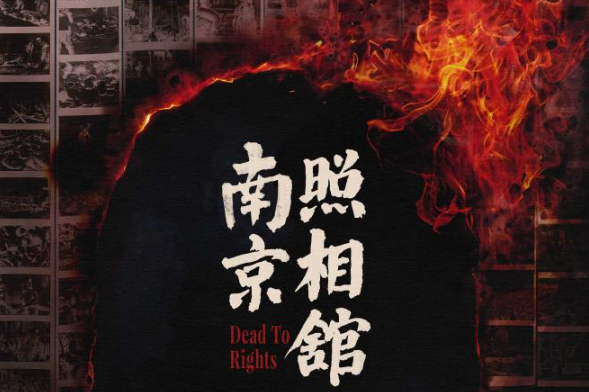Key officials discuss why trade crucial

The development of China-US bilateral trade is "very important", Chinese Vice-Premier Liu He and US Trade Representative Katherine Tai agreed in their first phone call on Wednesday, China's Ministry of Commerce said in a statement.
Liu, a member of the Political Bureau of the Communist Party of China Central Committee and chief of the Chinese side of the China-US comprehensive economic dialogue, and Tai also exchanged views on issues of mutual concern and agreed to continue to communicate, according to the statement.
Detail of their talks were not immediately available.
The phone call was preceded by a staff-level phone conversation a day before, during which the Chinese side stressed the importance of tariff rollbacks as a necessary component of the next steps in the relationship, Bloomberg reported earlier on Wednesday.
The high-level engagement is a part of the arrangement of the phase one trade agreement Beijing and Washington signed on Jan 15, 2020.
Under the trade pact, a Trade Framework Group, created following the agreement and led by the USTR and a Chinese counterpart, will discuss the overall situation, problems and plans regarding the implementation of the trade deal every six months.
The US-China Business Council, a trade association representing more than 200 US companies doing business in China, said on Wednesday it welcomed the news that the high-level trade talks had resumed.
Doug Barry, USCBC's director of communications, said he hoped Tai and Chinese officials would discuss how the phase one trade deal has been implemented, including purchase commitments.
There is a long list of important issues to discuss and resolve, he said.
"We note that progress has been made on the purchases, as well as commitments to improve intellectual property and further open the financial services sector to US businesses," Barry told China Daily.
"We hope further that conditions will be defined for lifting punitive tariffs on billions of dollars of traded goods which have been a drag on economic growth and a penalty paid by consumers," he said.
Most tariffs imposed by both sides remain in effect since the signing of the phase one trade deal. They include the 25 percent import taxes on $250 billion in Chinese goods that started in 2018.
In all, the US Section 301 tariffs continued to cover an estimated $335 billion, or 66 percent of Chinese imports, and China's counter-tariffs were applied on $90 billion, or 58 percent of its imports from the United States, according to Chad P. Bown, a senior fellow of the Peterson Institute for International Economics, who has been tracking the phase one trade deal.
Average US tariffs on imports from China had been raised to 19 percent, more than six times higher than before the trade war began in 2018, Bown noted in "The US-China Trade War and Phase One Agreement", a paper published in February.
With his agenda laden with domestic issues since taking office in January, US President Joe Biden has largely left the tariffs intact and the administration said it also would keep the phase one trade agreement for now.
"I'm not going to make any immediate moves, and the same applies to the tariffs," Biden said in January.
US Commerce Secretary Gina Raimondo has said the Commerce Department will have a "domestic focus" for at least the first one and a half years of Biden's administration, but the US needed to do business with China.
"We need to help American businesses to export. We do need to continue to have free markets. I mean even with respect to China, we need to do business there," Raimondo said in an interview with Bloomberg on April 28.
"We need to export there. But right now, we need a domestic focus, and so for at least for the first 18 months, a lot of my focus will be domestically," she said.
US goods exports to China jumped from $105 billion in 2019 to $123 billion, a surge of nearly 18 percent, the second-highest total in a decade, according to the 2021 State Export Report released by the USCBC on May 12.
In comparison, US trade with the rest of the world contracted by 15 percent, according to the USCBC.
The combined exports of goods and services to China still supported nearly 1 million US jobs in 2019, the most recent year for which data are available, according to the USCBC report.
"These exports mean support for American businesses and families, which could not be more important right now," USCBC President Craig Allen said at the release of the annual report.
"Ultimately, though, the best remedy for boosting trade and creating more US jobs is for both the United States and China to permanently remove tariffs," Allen said.
































